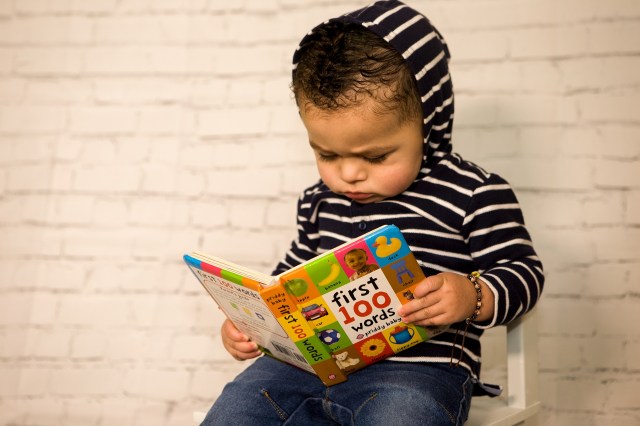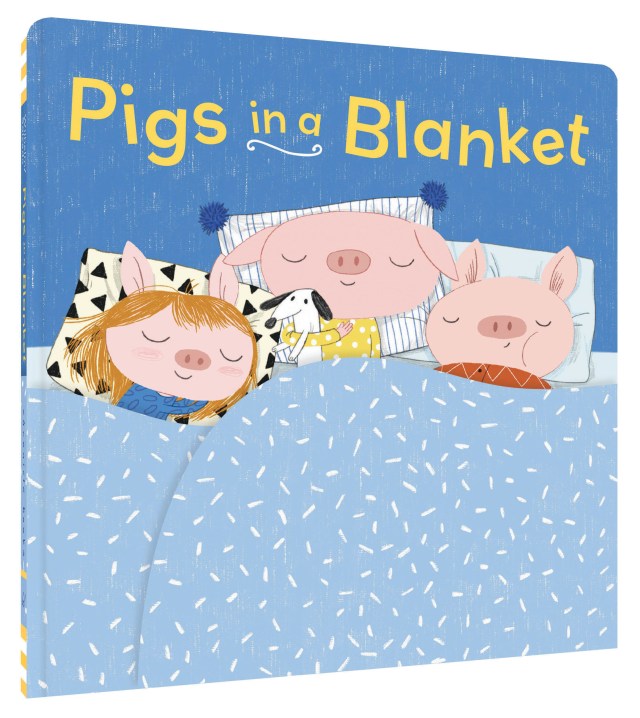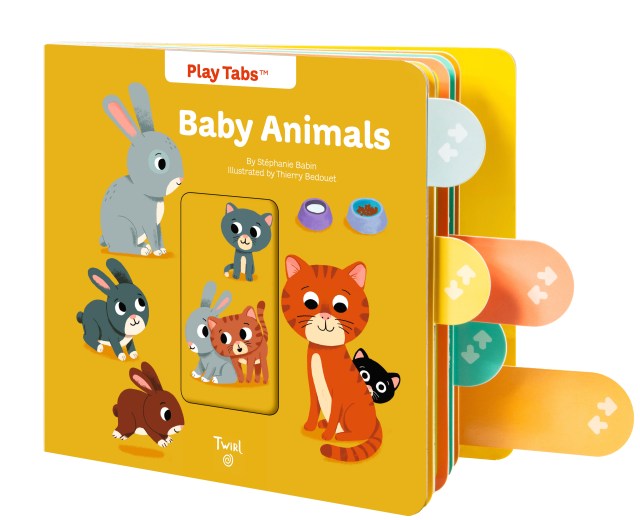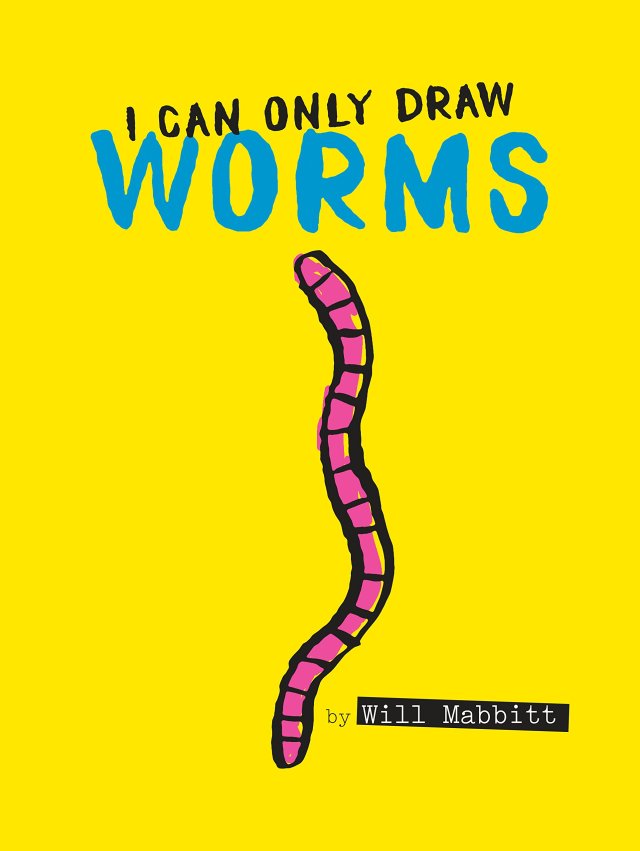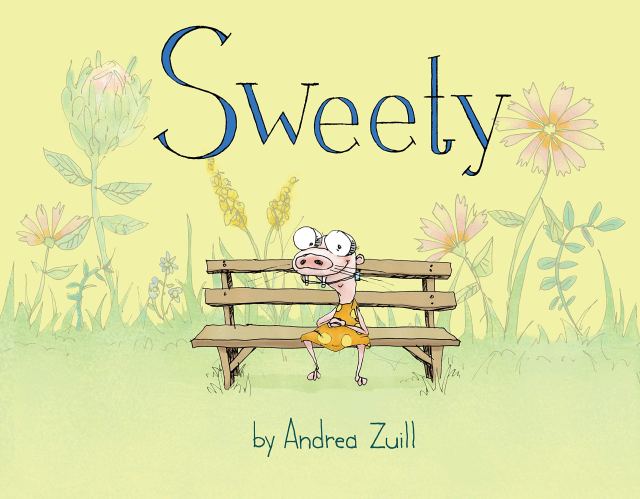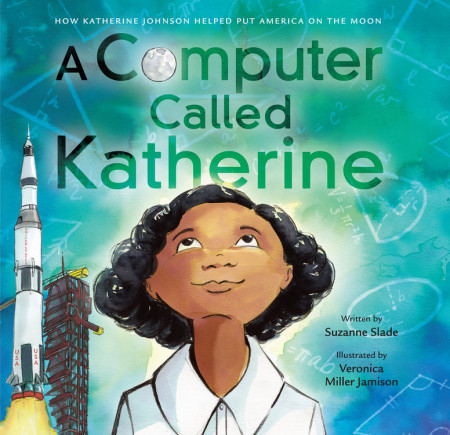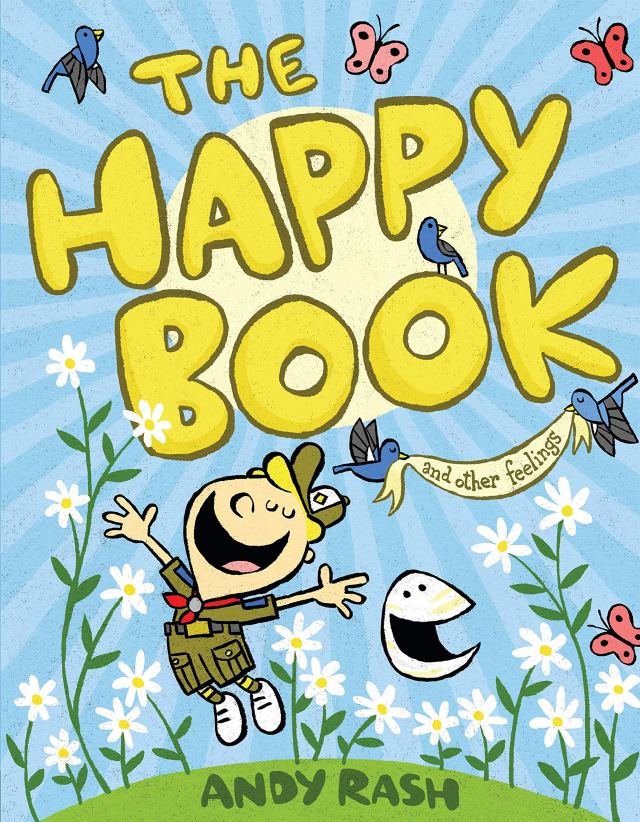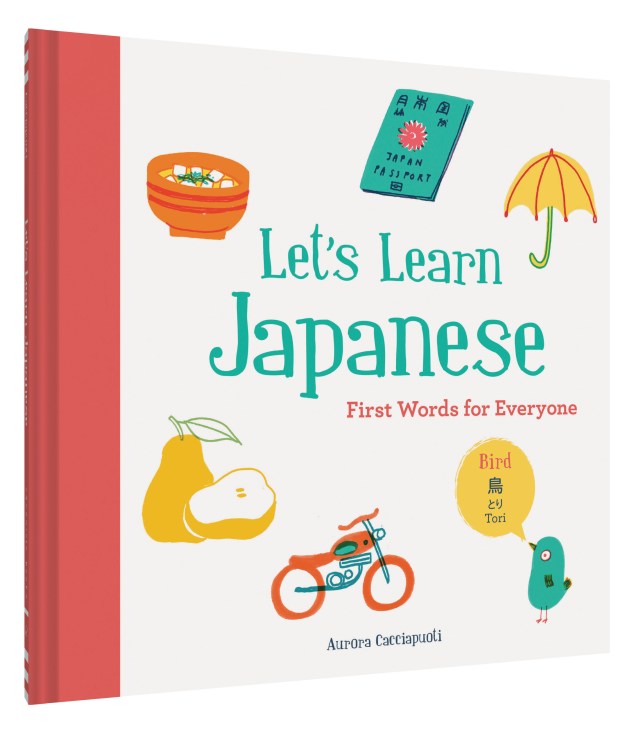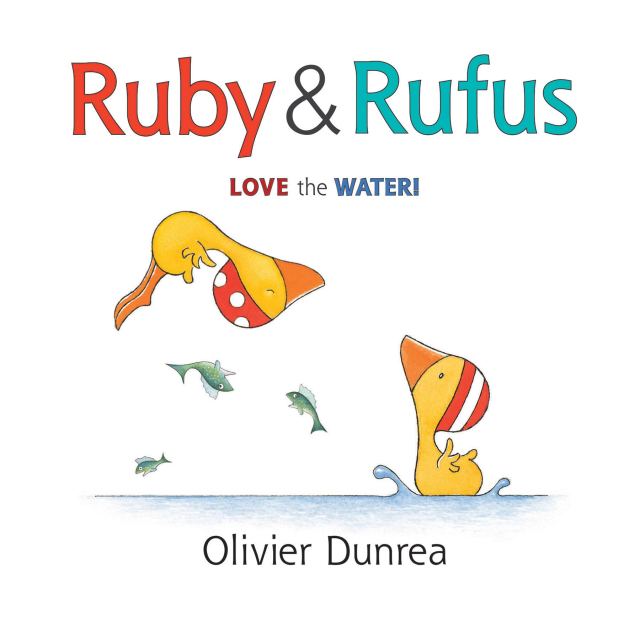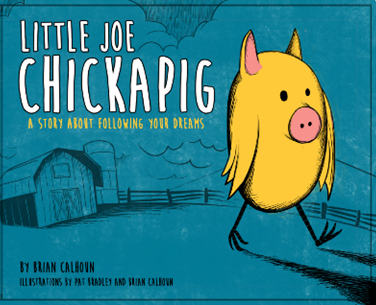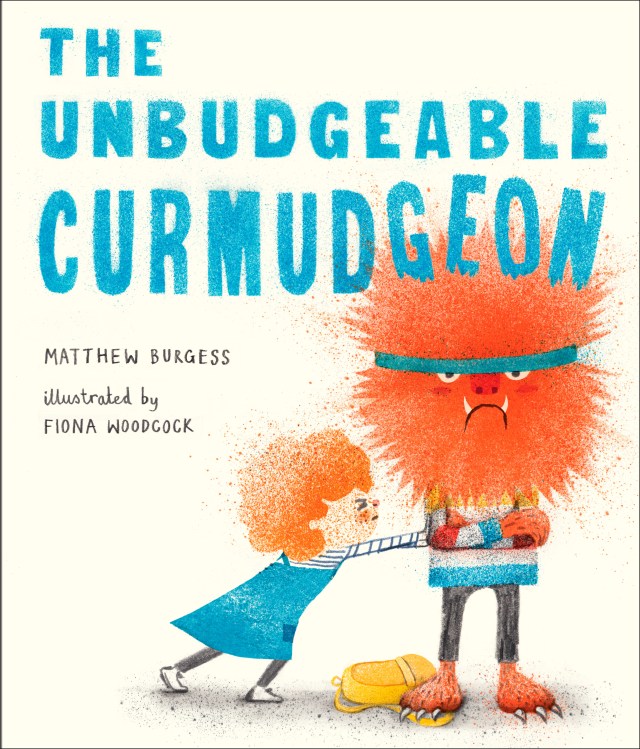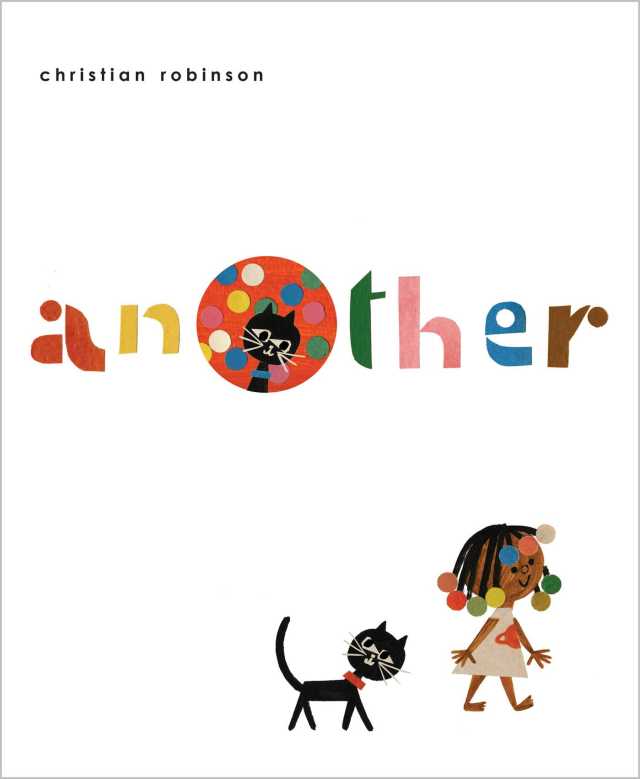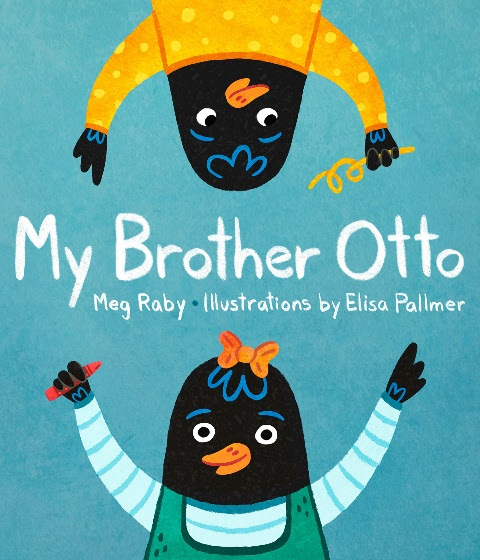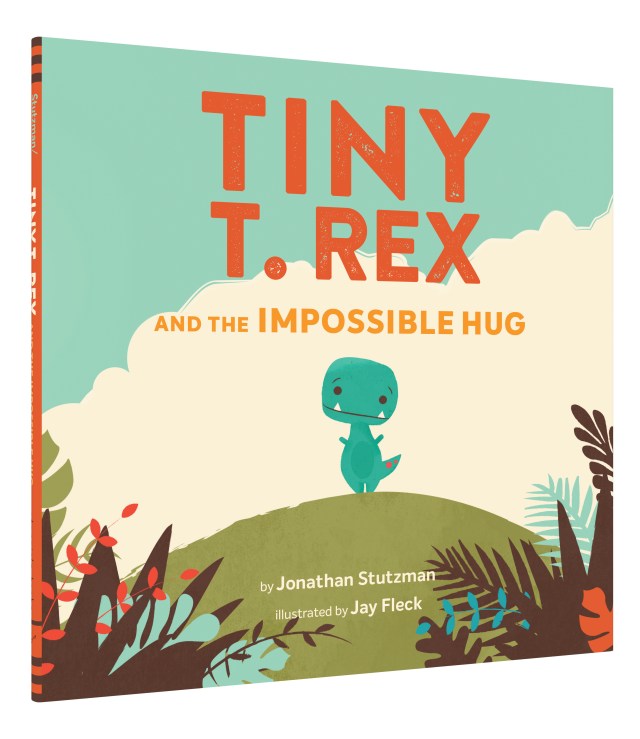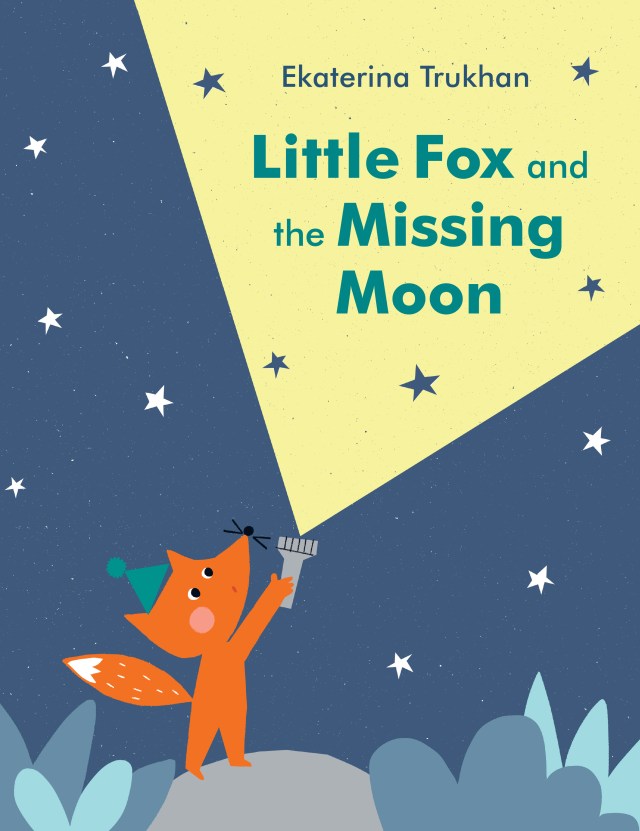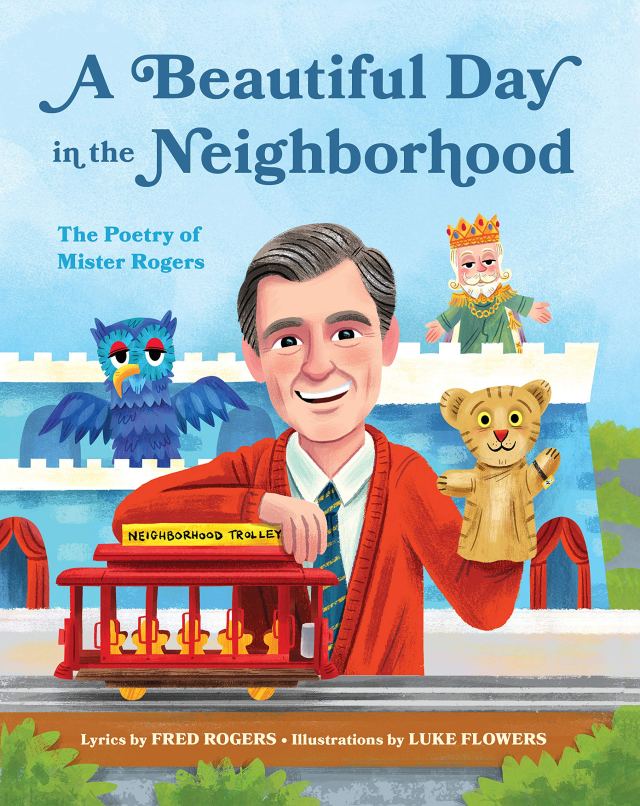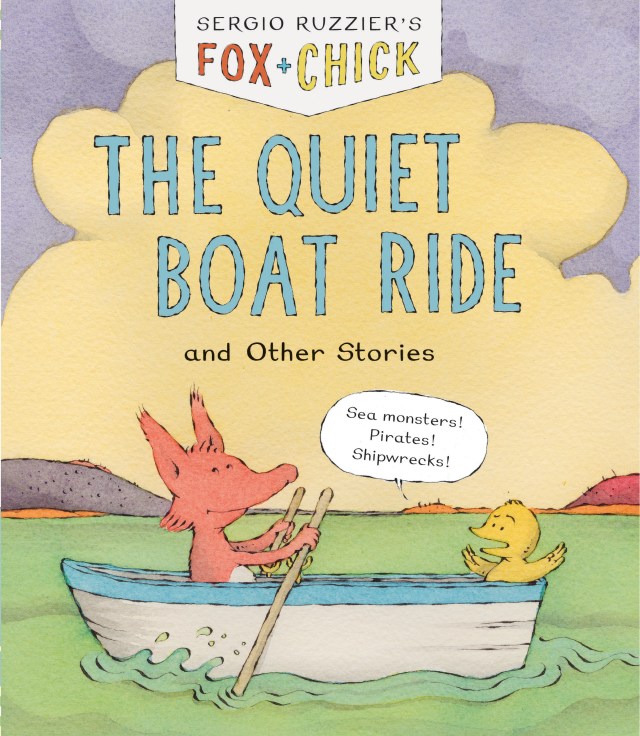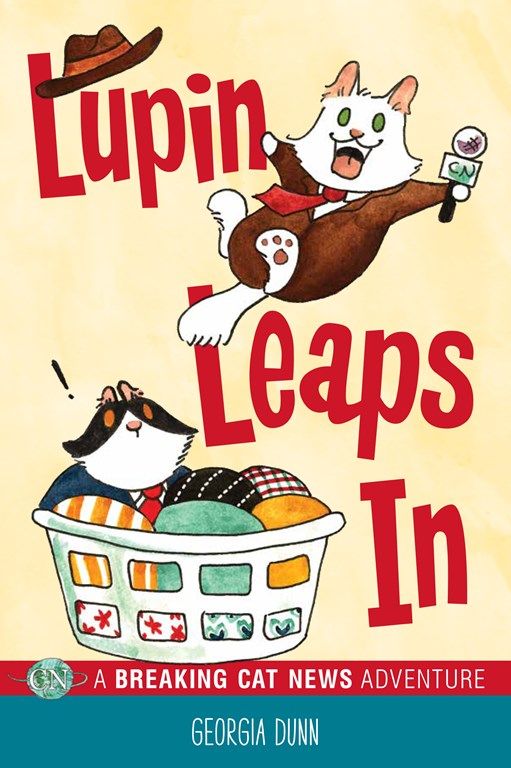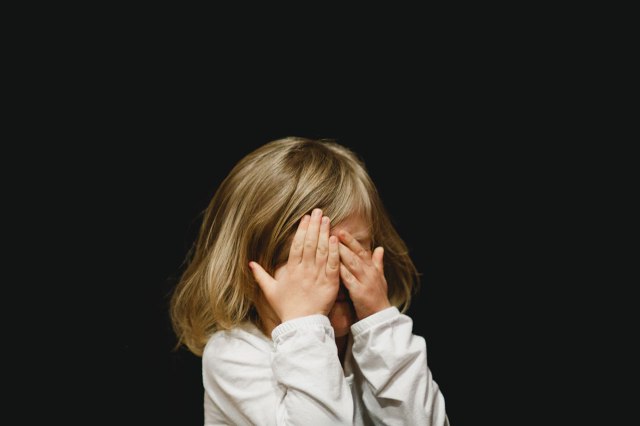My son just started kindergarten and as I was leaving the school one day, an administrator and I started chatting. This woman has worked in both private and public schools all over the country for many years. Her most notable observations in children over the course of her career is:
“the significant decline in children’s ability to cope with being disappointed.”
She shared that parents don’t seem to allow their child to experience being disappointed and it’s seriously impacting the child’s ability to reach their fullest academic potential. I told her about my blog and that I would be happy to share my thoughts on the topic…so here we go.
Disappointment happens when our expectation is not met and we realize that we won’t get and/or can’t have what we want.
This knowledge usually prompts feelings of sadness. We’ve all felt it and have experienced the emotional and physical wound in our hearts when we don’t get what we want. It totally blows, and most people will do almost anything to avoid “bad” feelings.
Let me set the scene: you are feeling pumped up and listening to party music whilst you deck yourself out in your favorite sports fan gear, and as you walk out the door you hear your phone buzz. Your mate just texted to let you know that they’ve had something unexpected come up and won’t be able to meet you at the game. Ugh…disappointment sets in.
Take two: t’s been an incredibly stressful day and you don’t want to cook dinner for the family and decide to “treat” everyone to a night out. For the most part, getting everyone dressed and out of the house goes relatively smoothly. You pick a local place that is a little farther to drive to but that you know has “something for everyone,” so you cope with the hungry noises coming from the back of the car. Once seated, the waitress comes to tell you the daily specials and you find out that they are “sold out” of the main dish your child(ren) eat. Disappointment sets in, followed by a few other feelings, such as complete and utter rage.
It’s normal to be bummed when you don’t get what you want. We all feel it and we all hate it.
Maybe that’s why we (parents) try so hard to protect our children from feelings we deem as negative or uncomfortable. However, it is really a disservice. Instead of shielding our children from those feelings, provide them with age-appropriate coping skills.
Every parent and child supporter (i.e. relative or family friend) want their child to succeed academically and emotionally (i.e. to be content with life and feel happy more than they feel stressed).
It’s important to note that when our brains are overwhelmed with emotions the “learning highways” of the brain shut down and you are no longer able to retain/comprehend/understand what you are learning to your fullest potential.
Consequently, it’s important to not only teach your child things like colors, shapes and letters. It’s also vital to teach them how to cope with their feelings and the emotionality that comes with simply being a human being who interacts with others.
Herein lies the problem. Many parents are often unaware, or dont have the language needed to be able to explain to their child (in concrete terms) how to appropriately deal with their feelings. I’m most definitely not blaming anyone. I’m simply saying my experience is that knowing about or being able to teach emotional intelligence to your child(ren) isn’t easy for parents as a general rule of thumb.
The term emotional Intelligence (EQ or EI) means an individual can:
- recognize, understand and manage their own emotions and
- recognize and understand how their behaviors influence the emotions of others
Essentially, this means being aware of how your emotions can drive your behavior and impact other people (positively and negatively).
Remember being a teenager and losing your temper with your parents, which ended in you losing privileges? You lost control of your emotions; which resulted in a punishment from your parents, because they were trying to teach you how to “hold your tongue.” Emotional intelligence also includes learning how to manage both positive and negative emotions, especially when under pressure.
What do you do when you’re under pressure? I am just going to list a few things people tend to do when they are feeling emotional pressure. Maybe you will be able to relate.
- Displace your frustrations on to someone or something else. i.e. co-parent pisses you off, you turn around and yell at the dog for doing something like licking his paw, because the sound irritates you. Or you slam the car door really hard and break something in the process.
- Start to “tune out” the world around you. Maybe you start sinking deeper and deeper into your thoughts. You know people are talking to you; but you are so overwhelmed emotionally that it’s like they are speaking underwater and you can’t understand what they are saying.
- Begin to panic and resort to your “primitive” means of coping, which is fight, flight or freeze. You verbally or physically attack the person you feel threatened by. You walk away from the perceived threat. You stand still like a deer in headlights, not moving.
At some point in our life we have all been emotionally overwhelmed and unable to cope in the moment. There have also been moments when we have felt underwater yet managed to keep our nose and lips above water long enough to regain our emotional footing without losing it.
“You know what I’m talking about, right? Like when a boss/friend/co-worker gives you a dressing down but you manage not to to give them the satisfaction of seeing you get upset. That’s what you need to teach your child: how to “keep it together” when they are feeling “RUN…. RUN AND NEVER LOOK BACK!!!”
This brings me back to the point of the blog. How do you as a parent allow your child enough time and space to experience the feeling of being disappointed and then help them recover? Additionally, how do you teach them to cope with negative feelings in general?
ACKNOWLEDGE THE FEELING
First of all, let me say if you (the parent) struggle to identify and cope with your feelings (positive or negative) it is important you practice what I’m asking you to do with your child on yourself first. Get a “feel” for what your child will be going through and use your experience to enhance/educate your child.
For example: When at a friend’s house for a playdate, your child wants to play with a toy someone else has, but the other child is not done playing with it. Your child will more than likely do one of the following:
- Snatch the toy
- Wait patiently
- Walk away
Regardless of how your child physically responds, we both can be pretty sure they are feeling disappointed that the toy they want to play with is occupied by someone else. It doesn’t really matter which way your child responded, you can still label and validate the feeling and experience for your child by saying something like…
“I saw that you really wanted to play with X. It’s disappointing when we don’t get what we want and I understand.”
If needed, feel free to share a time when you felt disappointed. Just make sure to keep the moment about them and not your “glory days of disappointment and doom.”
REFOCUS THE ATTENTION
I want to make a clear distinction between helping your child recenter themself emotionally, rather than merely distracting them from their emotions.
Recentering involves experiencing the emotion and sitting in the uncomfortableness that comes with disappointment, then moving through that feeling into a more pleasant one, like excitement that comes from seeing another toy they may have missed. Or sit in the sadness with them and, if you see they are emotionally “stuck” at this point, you can give them a nudge toward another activity or thought.
Distracting involves shifting the child’s attention away from the uncomfortable feeling by ignoring it and shoving it deep down…down into the black metal box that sits at the bottom of your soul and keeps all your “bad feelings” locked up tight with iron chains ensuring its closure along with a 15 digit coded padlock AND a key.
Yes, that is a slight over-exaggeration. Yet, you see where I am going with this, right?
Distracting a kid merely tells that kid that bad feelings should be AVOIDED AT ALL COSTS and ignored.
The problem is, more and more studies are coming out showing that “bottled up feelings” end up manifesting themselves in physical symptoms (chronic back or neck pain).
I’ve had a client say they felt like they were carrying the emotional weight of their entire family on their back. Guess what, they had severe back problems which limited their employability, leading to more issues. Again, I’m sure you see where I am going.
When they are ready to recenter on another activity or toy, say something along the lines of:
“Even though we can’t play with that toy… we could find a different toy or go for a wander around? What would YOU like to do?”
EMPOWERING THROUGH CHOICE
Giving your child a choice in that moment allows them to feel empowered and in control, which immediately shifts their feeling of disappointment. Yes, they may cry and pitch a fit, regardless of how you approach them. But eventually, over time and through practice, when you bring them “choices,” more than likely they will want to choose one that does NOT include a temper tantrum.
Society in general does not support people who throw fits in public. I don’t believe any child wants to have the label “cry baby” at school or a party. It’s my experience that children desire to learn how to control their behavior. They want to learn how to manage their frustrations and disappointments and not to be laughed at or labeled or pushed to a corner of the room to cope alone
THE WRAP-UP
Human’s must experience negative feelings to be able to truly appreciate and feel joy or happiness.
Every ying must have its yang and it’s hard as a parent to watch your child struggle with anything, but especially when your child is feeling crappy. We’ve all been there and seeing it in your child triggers our own natural instinct to protect and shield them from danger.
The problem is you won’t always be around to do that. So, instead of shielding them, arm them with tools of protection like:
- Providing language to accurately label their feelings
- Teaching them ALL feeling are normal and ok to experience
- Modeling for them how you cope/deal with disappointment
- Celebrating when your child is successful in coping with disappointment
We all have bad days and feel disappointed about things. How we respond to these small, everyday disappointments factor into how the rest of our day goes. Teach your children that everyone feels disappointed at some point, but it’s the working through the feelings and coming out the other side that is what should be focused on.
“It is not what you do for your children, but what you have taught them to do for themselves, that will make them successful human beings.” — Ann Landers
I am a 42-year-old biological mother of two young children in a same-sex relationship, a clinical psychologist with a specialty in neuropsychological assessment, a music therapist, a trainer of therapy dogs and ex-communicated Mormon from Indiana with a wicked sense of humor.









